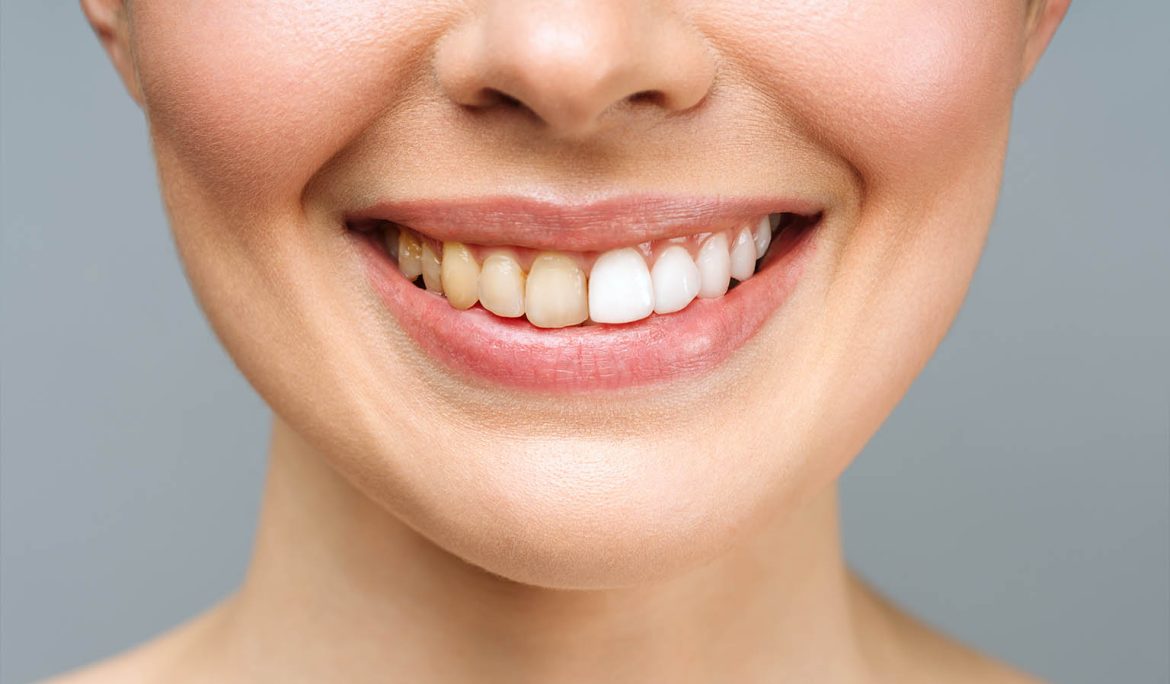TEETH WHITENING VS VENEERS: A DESCRIPTIVE COMPARISON.
A veneer is a hard coating that completely covers the front surface of an individual tooth and is mainly used for the front teeth. It is made of porcelain which is a type of ceramic material or composite which is a material used for dental filling . Enamel (the outermost layer of the tooth) is reduced and the veneers are bonded directly to this surface.
Tooth whitening is a process where the tooth is exposed to an special type of material which alters it absorbs and reflects light giving the teeth a whiter appearance.
We shall look at each one of them in the following light: procedure, costs, how long they last, complications that may arise when using each one of them.
PROCEDURE
The veneer procedure is invasive i.e., it involves the reduction of the enamel of the tooth. If it is a composite veneer, it is directly placed on this surface. However, for porcelain veneers an impression is taken (measurement of the mouth by taking a negative replica of the mouth). This is taken to the laboratory where the porcelain veneers are fabricated. The veneers once ready are bonded to the teeth. This is not a one-day procedure, it may span over several days.
Whitening procedure is not invasive. It involves first taking an impression of the mouth to fabricate a tray. This tray is where the bleaching agent is placed and then it is put over the teeth for a couple of minutes a day. It may be performed at home or in the dental office as advised by the dentist. This process may be repeated severally to achieve the desired results.
HOW LONG THEY LAST
Professionally whitened teeth may be stained over time and so after every few years the procedure should be repeated to maintain the desired results.
A veneer on the hand has an average lifespan of about 15 years. Although they are strong, they are thin and thus can be damaged. For a composite veneer, it can be repaired however for a porcelain veneer, it has to be replaced.
COSTS
Whitening is cheaper than veneers.
COMPARISON
There are many aspects of teeth whitening which can be seen as a disadvantage when compared to veneers like the sensitivity of the tooth surface during treatment, the risk of temporary dental weakness, and potential for sensitivity to cold. However, it is important to note that teeth whitening treatments are significantly cheaper than veneers.
Veneers are a more expensive and permanent solution to tooth discoloration. They offer a more cosmetic option than tooth whitening and you can’t reverse the process if you don’t like the results.
CONCLUSION
The decision to choose between teeth whitening and veneers is made in accordance with your aesthetic needs, cost, and lifestyle. It is recommended to have a consultation with a dentist before you make a decision. The dentist will help you decide which option is best for your teeth and your budget. The dentist will also be able to tell you about the different options available, the benefits and disadvantages of each, and any costs associated with each treatment.















